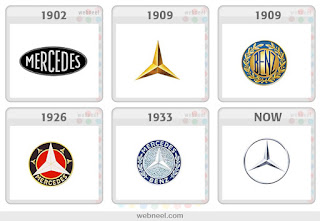Hotel Cortez - American Horror Story Hotel
Directed by Ryan Murphy, 2015
On this week's episode of American Horror Story Hotel, the history of Hotel Cortez was revealed. It was built in 1925 by James Patrick Marsh, played by Evan Peters, and resembles characteristics of Art Deco and total design. The character is described as an "art deco freak, oil tycoon millionaire, and murder fetishist". He designed every aspect of the hotel - the architecture, carpeting, light fixtures, furniture, etc. even the sign outside has sans serif Art Deco type. In class, we've seen Art Deco characteristics from the 1920's to 1930's when it was upcoming, as well as it's long lasting style that lingered into the Bauhaus School designs.
The White Stripes - Artwork for the album De Stijl from 2000
This White Stripes album titled De Stijl reflects aesthetic characteristics from the De Stijl movement that we studied in class this week, a combination of Synthetic Cubism, Constructivism, and Dada. This CD case uses lines, rectangles and a limited color palette of primary colors (red, white and black which are used in all White Stripes albums). The simplicity of shapes is intended to appeal to everyone through it's abstraction, similar to Mondrian's work that we looked at in class - Tableau No. 2 with red, blue, black and gray from 1925. I find it interesting that Jack White, the band's lead singer chose this style for an album because their music alternative/punk rock and is far from simple and clean cut, like De Stijl.




























